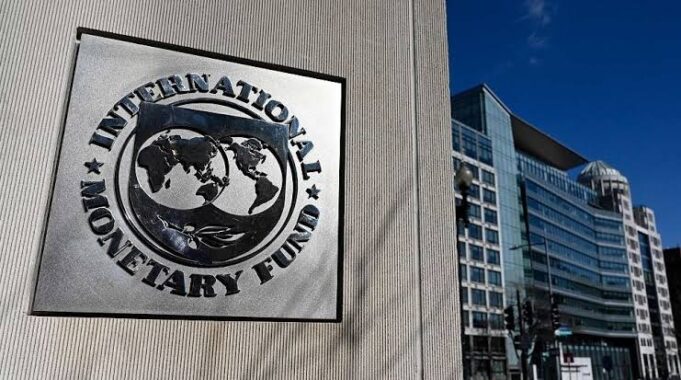The International Monetary Fund (IMF) says economic growth in Nigeria is expected to decline to 3.2 per cent and 3.0 per cent in 2022 and 2023 respectively, as against 3.6 per cent recorded in 2021.
The IMF noted that the economic growth in Sub-Saharan Africa is likely to decline to 3.6 per cent in 2022 as against 4.7 per cent recorded in 2021.
It made this known via its World Economic Outlook Growth Projections report, titled, ‘Countering the Cost-of-Living Crisis’, released on Wednesday.
According to the report, in Sub-Saharan Africa, the growth outlook is slightly weaker than predicted in July, with a decline from 4.7 per cent in 2021 to 3.6 per cent and 3.7 per cent in 2022 and 2023, respectively.
“A downward revision of 0.2 percentage point and 0.3 percentage point respectively.
“This weaker outlook reflects lower trading partner growth, tighter financial and monetary conditions, and a negative shift in the commodity terms of trade,” the IMF stated.
The report said global growth is forecasted to slow from 6.0 per cent in 2021 to 3.2 per cent in 2022 and 2.7 per cent in 2023.
READ ALSO: Alleged 5bn fraud: Malami approves prosecution of Stella Oduah, others
“This is the weakest growth profile since 2001 except for the global financial crisis and the acute phase of the COVID-19 pandemic.
“Global economic activity is experiencing a broad-based and sharper-than-expected slowdown, with inflation higher than seen in several decades.
“The cost-of-living crisis, tightening financial conditions in most regions, Russia’s invasion of Ukraine, and the lingering COVID-19 pandemic all weigh heavily on the outlook,” it noted
The IMF added that global inflation is likely to rise from 4.7 per cent in 2021, to 8.8 per cent in 2022 but to decline to 6.5 per cent in 2023 and to 4.1 per cent by 2024.
“Upside inflation surprises have been most widespread among advanced economies, with greater variability in emerging market and developing economies,” it said.
The IMF noted that monetary policy should stay the course to restore price stability, and fiscal policy should aim to alleviate the cost-of-living pressures while maintaining a sufficiently tight stance aligned with monetary policy.
“Structural reforms can further support the fight against inflation by improving productivity and easing supply constraints, while multilateral cooperation is necessary for fast-tracking the green energy transition and preventing fragmentation,” it stated.
- Governor places N10m bounty on policemen’s killers in Enugu - May 12, 2024
- NiMet forecasts 3-day sunshine, thunderstorms from Sunday - May 12, 2024
- Tinubu orders CBN to suspend 0.5% cybersecurity levy - May 12, 2024










